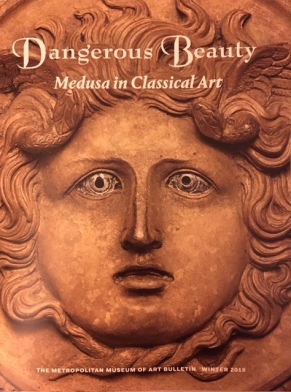
After eight weeks of trying it on for size, I’ve decided “focus” is the right OLW for me in 2018. We develop our own understanding of words throughout our life, so I was curious about what the dictionary had to say about my word. The first definition listed in my old Merriam Webster states that focus is “the point where rays of light, heat, etc, or waves of sound come together, or from which they spread.” Although my original thinking had more to do with “to concentrate, as to focus one’s attention,” I love the image of rays of light coming together or spreading out as I pour my energy into two projects, one personal, the other work-related, that are the real impetus for me choosing this word.

In a recent blog post, Vicki Vinton, author of Dynamic Teaching for Deeper Reading, invited her readers to become “protagonists in their own learning” by adopting an inquiry based approach to a problem or question. Over the past few months, my colleagues and I have been focused on cultivating a growth mindset in our students. This is challenging, ongoing work that easily lends itself the kind of action-research Vicki advocates.
Following Vicki’s model, we have our question: How can we cultivate a growth mindset in our students? We have done research, although this is really ongoing process, and have a hypothesis: Modeling growth mindset behavior and embedding growth mindset stance vocabulary into our daily interactions with children will cultivate their own growth mindset.
Our research began by reading Carol Dweck’s foundational book on the subject, Mindset: The New Psychology of Success (Random House: 2006). Two books are guiding us as we move forward. Learning and Leading with Habits of Mind: 16 Essential Characteristics for Success, (ASCD, 2008) edited by Arthur L. Costa and Bena Kallick is an incredible resource, filled with suggestions for creating “thought-full” environments, assessing students’ (and our own!) attitudes and ideas about mindset, as well as lists of additional resources. Kristine Mraz and Christine Hertz’s A Mindset for Learning: Teaching the Traits of Joyful, Independent Growth (Heinemann, 2015) has guided our K-3 teachers in making the stances of mindset accessible to our youngest learners.
Through surveys, we gathered information regarding how students perceive their current mindset. To encourage reflective thinking about these stances, we asked them to include specific examples of when they engage in a particular behavior. The results were a mixture of brutal honesty (I am not persistent when my math homework is hard.) and responses that need a bit more reflection. (I am always persistent.)
Read-alouds are one way we are embedding the vocabulary of growth mindset into our day. Children’s literature is filled with determined, resilient, flexible characters who overcome incredible odds to achieve their goals. My personal favorite is Brave Irene by William Steig, which has been my go-to book for teaching character traits since it was published, but there are hundreds of worthy titles to choose from. Nonfiction is also full of inspiring stories of people who didn’t give up on their dreams. (This post from 2013 has a short list of a few of my favorites.)
We are still in the process of testing our hypothesis, and will be for months to come. As Costa and Kallick point out, “we never fully master the Habits of Mind…we continue to develop and improve them throughout our lives.”
I’ll let you know how well I’m doing staying focused and share any glimmers of light spreading out from our work.
Thank you also to Stacey, Betsy, Beth, Kathleen, Deb, Melanie, and Lanny for creating this community and providing this space for teachers and others to share their stories each Tuesday. Be sure to visit Two Writing Teachers to read more Slice of Life posts.









